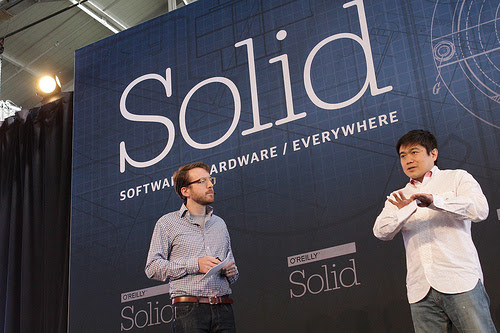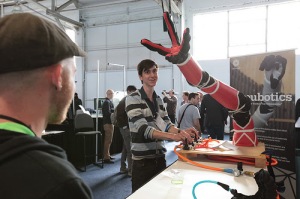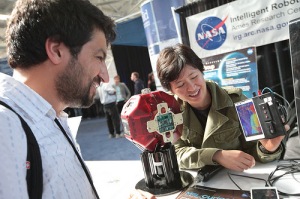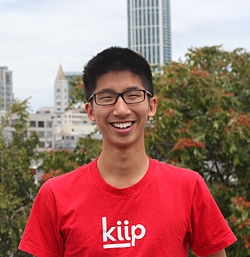
“The issue in genomics is that we’re at about 1983 on the IT side. The applications in genomics today are much like spreadsheets and Windows 3.0, in that it hasn’t permeated everything yet. But it will.” – Dr. Alan Winter
He has a lens on Canada’s technology history like few others. Starting with postgraduate work in solid state physics during ‘70s, the career of Dr. Alan Winter has influenced the key communications systems we rely on today. Now he’s overseeing technology that stands to make our lives better in so many ways tomorrow.
Winter is President and CEO of Genome British Columbia. Since 2001 he’s been leading this Vancouver based not-for-profit research organization that’s enabling British Columbia to become a world leader in selected areas of genomics R&D and to develop a vibrant life sciences cluster in the province.
It’s fascinating to hear him talk about analog computers. “They consisted of components like valves, memory drums, but you could see the beginning of change through solid state physics. Most of this was being driven by the space program and the military. It was all about getting electronics into smaller, lighter and more compact form.”
Seeing these changes piqued his interest, leading him to join the Federal government’s space program. He became responsible for what is today’s search and rescue SarSat satellite system. Canada was the third nation in space, the first to have a domestic satellite system in the world, and Winter was an influence early on.
Winter shared “the Canadian government said this has to be a priority because of how vital communications is to such a geographically vast country.” This also seems to illustrate how government communication priorities have not necessarily changed for the better over the years.
At the time, and being a national priority Winter was given to opportunity to travel the country and meet with companies potentially interested in satellite, remote sensing or other related technology. One of those interested companies in the 1970s was Vancouver’s Macdonald Dettwiler, “‘who’d done a great job of attracting very entrepreneurial people,” according to Winter.
It was this group of people who were essentially some of our early software pioneers. He said, “they were looking at the processing of sensing data. In those days people understood hardware, software was basically FORTRAN cards, and embedded software was barely even embryonic. But, this team proved to be early leaders in developing this important marriage of software with hardware.”
His communication career is also highlighted in his role as President and CEO of MPR Teltech during which time he saw the spin out of six companies including PMC-Sierra and Sierra Wireless. The next eureka moment came while visiting his son at Queens University, who “excitedly talked about the Human Genome Project coming to a conclusion in 2001. I got very interested in the project and what DNA was because to me it looked like a software problem.”
He added “it’s interesting because I think biology is becoming an information science. Any significant enabling technology has gone through a long process of developing and testing different applications to really see where it takes root. In genomics we’ve only been going for ten years, and already sequencing costs have come down from the first project being $3 billion to now being about $1000. It’s actually moving faster than Moore’s Law.”
Winter touched on how fast this technology is moving in healthcare. Procedures like newborn screening now being genomics based, cancer cells being sequenced to deliver precision targeted treatments, and how detecting an infectious disease like SARS is done by sequencing the virus is becoming more routine.
Beyond the impact genomics technology will have in healthcare in terms of potentially bringing down costs, making it more effective and personalized, he talked about it’s role in our natural world. For instance in forestry, “the mountain pine beetle was a huge disaster, so the issue is what do you plant next that’s more resistant to pests and the changing climate? In fisheries, the challenge is dealing with the tracking of pathogens both in the farmed and natural environment. Or take the mining industry where we’re looking at the microbial breakdown of toxins from tailing ponds.”
Thinking about the progression of IT this last 30 years and applying an exponential growth curve to genomic technology, Winter’s lens looks to a future of amazing and meaningful scientific discoveries.
This story originally appeared in BetaKit
































